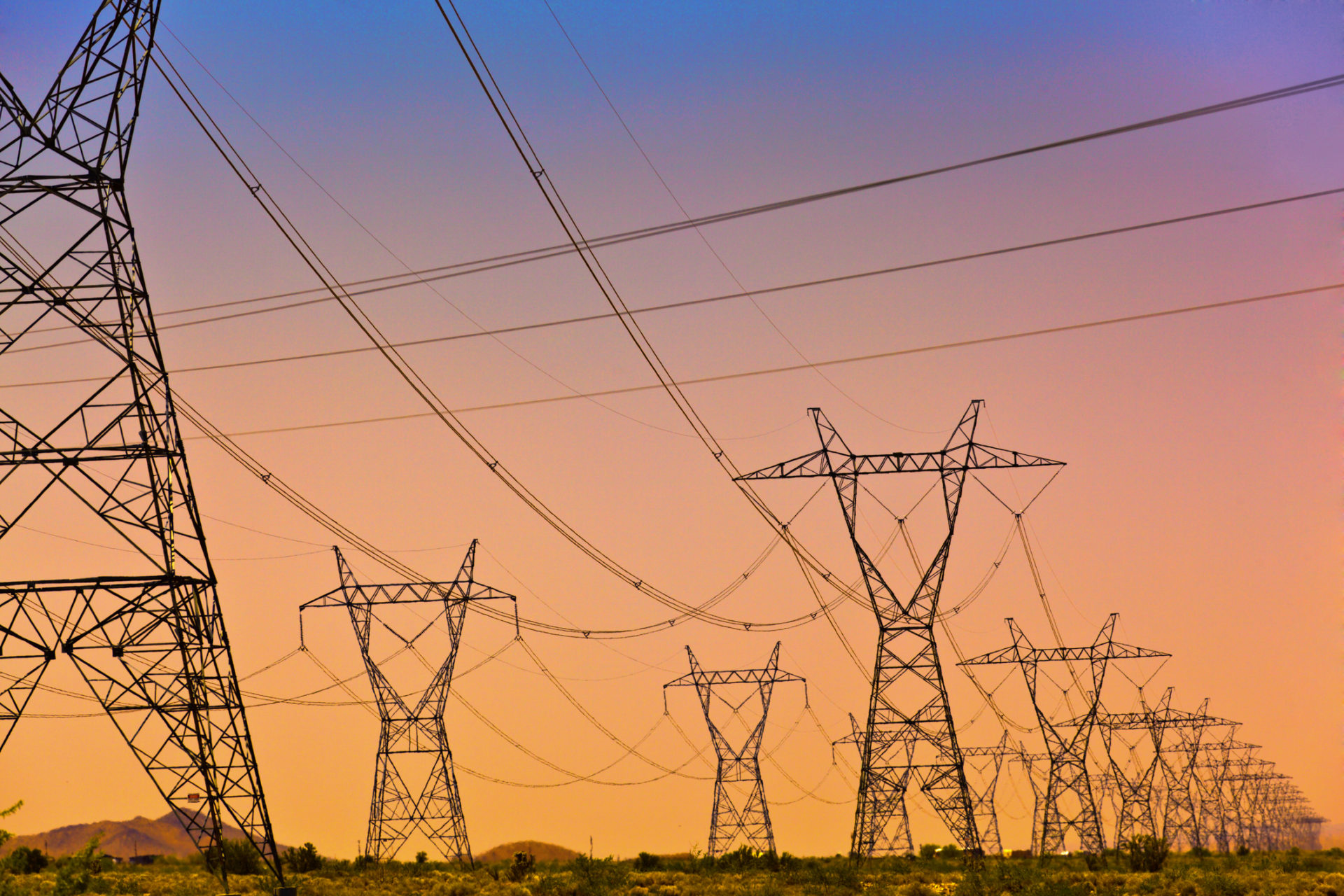Understanding Electricity

Electricity is everywhere in our lives. Electricity lights up our homes, cooks our food, powers our computers, television sets, and other electronic devices. Electricity (DC Current) from batteries starts our cars and makes our flashlights shine in the dark. But what is electricity? Where does it come from? How does it work? What are the hazards? Before we understand all that, we need to know a little bit about atoms and their structure. All matter is made up of atoms, and atoms are made up of smaller particles. The three main particles making up an atom are the proton, the neutron and the electron. Electrons spin around the center, or nucleus. The nucleus is made up of neutrons and protons. Electrons contain a negative charge, protons a positive charge. Neutrons are neutral — they have neither a positive nor a negative charge. Each atom has a specific number of electrons, protons and neutrons. But no matter how many particles an atom has, the number of electrons usually needs to be the same as the number of protons. If the numbers are the same, the atom is called balanced, and it is very stable.
So, if an atom had six protons, it should also have six electrons. The element with six protons and six electrons is called carbon. Carbon is found in abundance in the sun, stars, comets, atmospheres of most planets, and the food we eat. Coal is made of carbon; so are diamonds. Some kinds of atoms have loosely attached electrons. An atom that loses electrons has more protons than electrons and is positively charged. An atom that gains electrons has more negative particles and is negatively charged. A “charged” atom is called an “ion.” Electrons can be made to move from one atom to another. When those electrons move between the atoms, a current of electricity is created. The electrons move from one atom to another in a “flow.” One electron is attached and another electron is lost. Since all atoms want to be balanced, the atom that has been “unbalanced” will look for a free electron to fill the place of the missing one. We say that this unbalanced atom has a “positive charge” (+) because it has too many protons. Since it got kicked off, the free electron moves around waiting for an unbalanced atom to give it a home. The free electron charge is negative, and has no proton to balance it out, so we say that it has a “negative charge” (-).
So what do positive and negative charges have to do with electricity? The more positive atoms or negative electrons you have, the stronger the attraction for the other. Since we have both positive and negative charged groups attracted to each other, we call the total attraction “charge.” When electrons move among the atoms of matter, a current of electricity is created. This is what happens in a piece of wire. The electrons are passed from atom to atom, creating an electrical current from one end to other. Short definition of “ELECTRICITY”: is the flow of electrons through a conductor.
